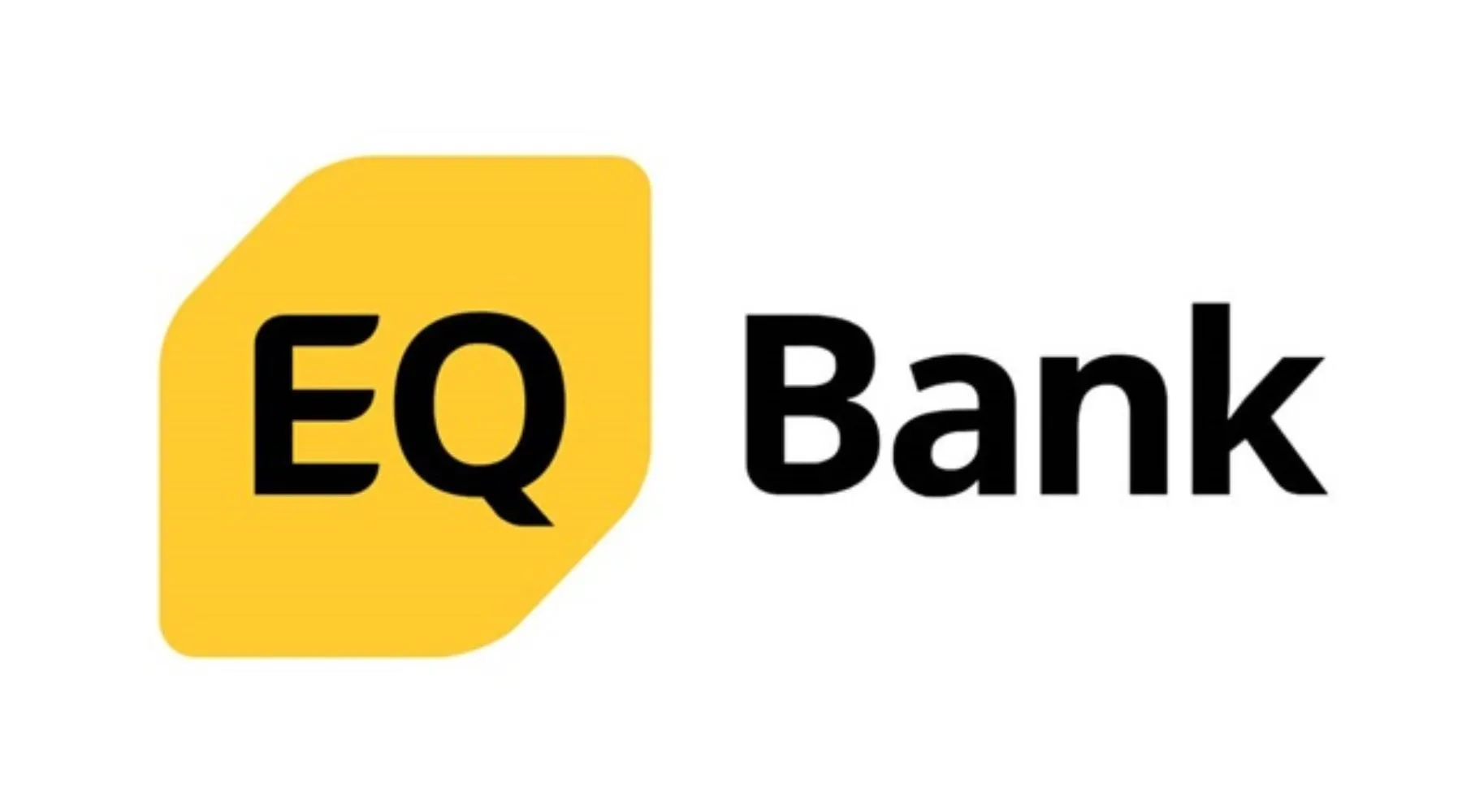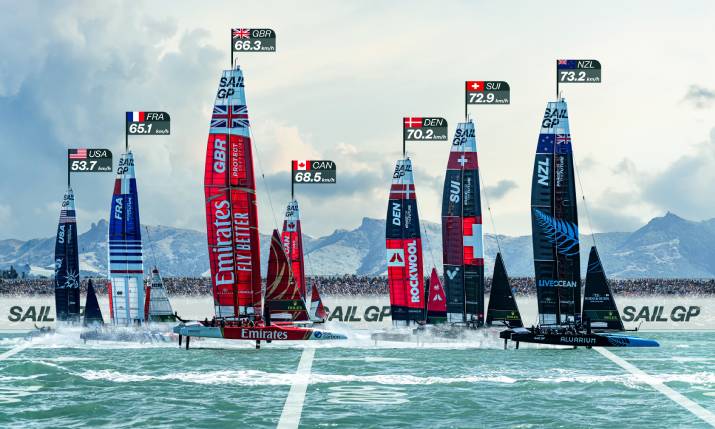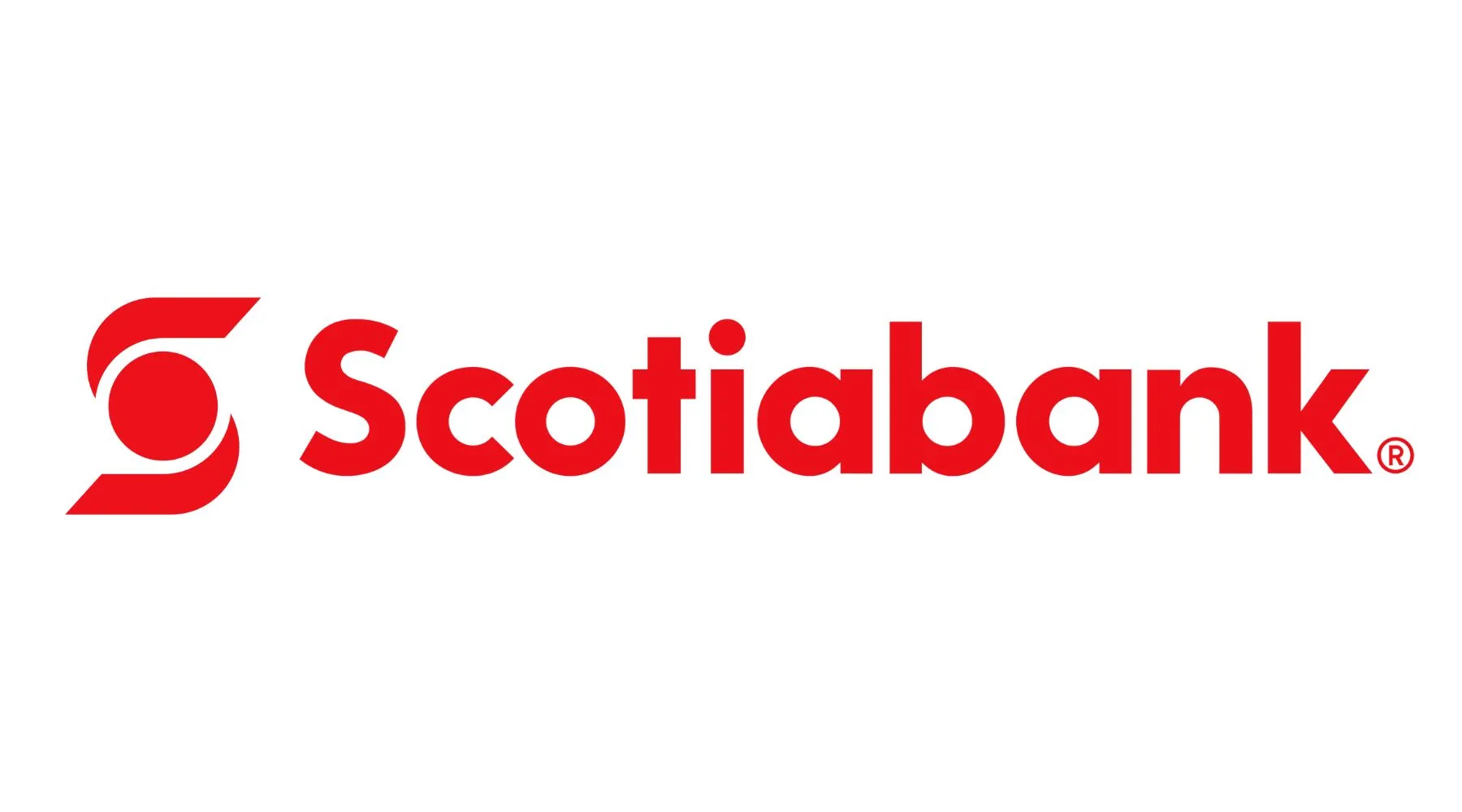UEFA Youth League clash between Tottenham Hotspur and Sporting Lisbon at a training ground in Enfield, North London, where a cloud production trial was broadcast live to BT Sport customers
BT Sport is working with UEFA to create a pioneering new cloud-based approach to live broadcasting that has the potential to reduce the carbon footprint of sports broadcasts, plus enhance content innovation possibilities.
Supporting UEFA’s new ‘Football Sustainability Strategy 2030’, UEFA entrusted BT Sport to produce a UEFA club competition match on Wednesday 26 October in the cloud, with a significantly pared-back on-site presence.
This production – the first UEFA club match produced in the cloud – is showcasing the future roadmap for live football production options where much of the crew are physically disconnected from the event.
It further underlines that the sustainability footprints of cloud productions are significantly smaller than for comparative traditional OB-based productions. The Bafta Albert calculator shows that the 26 October UEFA Youth League (UYL) production of Tottenham Hotspur versus Sporting Lisbon had a carbon footprint of 1.23 CO2 tonnes, versus a traditional OB as a comparison for the 12 October UEFA Youth League game production for Spurs versus Eintracht Frankfurt, which had a carbon footprint of 1.65 CO2 tonnes, resulting in a 25% reduction of the carbon footprint for the cloud OB, according to Bafta’s calculations.
BT Sport’s cloud set up for the trial
Huge step forward
At the UYL clash between Spurs and Sporting Lisbon at a training ground in Enfield, North London, the cloud trial was broadcast live to BT Sport customers and was the world feed sent to other UEFA media partners as the sole outside broadcast set up, showcasing the reliability of the approach.
The cloud footprint used for the Youth League match was significantly smaller than it would have been using a traditional set up. Andy Beale, BT Sport chief engineer, goes through how things are usually done for a match of this type: “So traditionally, a Youth League game would be six-camera coverage, and to support that six-camera coverage, we would send a traditional OB truck; a 37 and a half tonne articulated lorry. There’d be a tender vehicle there with the cameras and the tripods and the cable and the microphones, there’d be a twin set generator supporting that. There would then be the links vehicle with the satellite uplink and there’s about 25 people that have to travel to the site to make that happen, including the camera operators, match director, VT and replay operators, etc. So not an insignificant amount of people making the journey, and infrastructure making the journey to that venue to produce what is effectively just a six-camera clean world feed. There’s no commentary put on at that point in this particular set of rights; initially just match graphics. Really, really simple.
“[We’d also] have a separate little gallery here at Stratford adding in the BT sport personalisation, so we then have our own commentary and our own photo graphics on top of that world feed. So that’s two teams working remotely traditionally to make this relatively simple production and all that transit.”
“So we said look, we’ve done this work in the past with our 5G cellular backpack type connectivity. Why don’t we try and combine that with the advances we’re making in cloud production and actually see if we can just abstract all this straight into the cloud and get rid of a lot of that infrastructure,” continues Beale. “So the only thing that really remains is the six cameras and the tripods and the microphones. Everything else is gone, apart from the introduction of six LiveView backpacks, which will allow us to bring back those signals from those six cameras into our cloud environment.”
That transit van is capable of carrying six cameras, 12 microphones, six LiveView backpacks and some tripods. It would be operated by six camera operators, a sound engineer and a vision engineer, plus the floor manager on site. Beale states: “So we’ve vastly reduced by almost a third or a quarter the head count on site. The number of people driving [to the venue] and all the big vehicles have gone; all the really heavy vehicles have gone completely. So this is a massive change, a huge step forward in the amount of carbon produced to make this sort of coverage.”
The cloud-based director’s multiview interface
Little transit van
Beale explains the cloud set up for the trial: “Now, in this new world, we’ve got rid of all that infrastructure on site. So, there’s just a little transit van and a small internal generator to charge the batteries, so basically one transit and eight people. The camera ops, sound assistant and engineer, and those cameras are now plugged into the LiveView packs, which are connected both via the [local] infrastructure internet plus also the 5G on site, available at Tottenham. That goes off into our virtual production system in our AWS account where we do all of the production. So audio, video, replays, graphics, multiviewers, commentaries added, etc.”
He explains the cloud workflow in more detail: “So we’re using the LiveView cloud server. It literally goes straight off the ground either by a combination of 5G and fixed broadband at the ground into the cloud. We literally pick it up in the public cloud, in our AWS instance in the LiveView server. We decode that into our production environment, and then in our cloud production environment we are running all of the production tools you expect to find in the truck.
“Now we’re making both the world feed and the BT Sport production inside one set of cloud production tools – cloud vision mixer, cloud sound mixer, cloud replay, cloud graphics, all happening in that cloud instance. The only time we bring the feed into [BT Sport studios] is at the end when we bring down our two feeds – our world feed and our dirty feed – into the studios, for distribution onto either BT Tower for the world feed or off for play out.
“The team required to do that at Stratford is just seven people, whereas previously we’d have had a production team of five in the OB truck and four in Stratford. They could actually be anywhere; we could have put those control services anywhere in the world. They’re all literally just connected over fairly low bitrate internet controlling that cloud instance. But we’ve just done it here because we’ve got A) really good internet, so resilient, and B) we’ve got spaces to do it, people to work together and they can then go on in the afternoon, having done that game, which kicks off at one o’clock, and do an evening match. So again, it’s efficient about people having to travel into work, which is a really good story.”
Beale enthuses: “We’re excited about it because you can spin stuff up and spin it down quickly. The cloud footprint is super powerful.”
BT Sport’s traditional set up for a UEFA League match
Spin up and spin down
On the ability to spin resource up and down, as well as marking the established bond between UEFA and BT Sport, this trial is also important to both parties from a sustainability angle. BT Sport continues with its ambition to become one of the greenest broadcasters in the UK. BT Sport’s live Premier League, UCL and Premiership Rugby broadcasts are Bafta Albert certified productions, meaning they meet some of the highest sustainability standards.
UEFA is focused on its new ‘Football Sustainability Strategy 2030’ and is working with BT Sport to address sustainability around live broadcasts for the UEFA Champions League.
Head of BT Sport, Jamie Hindhaugh, says: “This also forms part of UEFA’s work on its new football sustainability strategy of 2030, but it’s also aligned [to our aims as a broadcaster]. We want to be the greenest sports broadcaster in the UK. We’ve done some amazing work with Bafta, so our Premier League, our Champions League, our rugby is all certified via Bafta’s environmental arm, the Albert certification, which is fantastic. And it means we’re doing over 700 live events, all in a much greener, cleaner way of doing things.”
“But that’s not all. And we do need to be careful about when we talk about reducing resource and reducing the number of people [that cloud production can offer] because that’s not the ambition here; the ambition is to look at greener, more flexible ways of doing things because the end result has to be right for our customers,” continues Hindhaugh. “And what it means is we can do more and free up resource to do more, so it’s actually about reallocating resource and looking at further opportunities around programming and content creation, all delivered in a greener, cleaner way as well. But adding that element and opportunity around creativity and enhancing the products, which has to be our ultimate goal for BT Sport. It has to be.
“We want to keep getting better, we want to keep taking people closer to the action, and this sort of technology like stuff we’ve done previously around the Ashes etc, is just a great way of giving us almost more accessibility to do things in a way that enhances our product.”
On the carbon footprint reduction, the ability to turn off cloud resource should make a huge difference in the long run. Beale explains: “The big cloud giants, the AWS’, Googles, Microsofts, build data centres on unbelievable scales which are built to extremely high sustainability credentials. They are about as efficient as you can get in terms of power consumption and usage and cooling. This is all super-efficient data centres, which therefore means straight away your equipment is going to be consuming less power.
“Secondly, when we don’t need it, we turn it off. Here, our galleries unfortunately stay on; the back ends are always on the whole time. We turn off the front ends, the monitors are turned off and things, but actually the broadcast plant just stays on in rack rooms. Because of the agile nature of cloud compute when we finish a production we go ‘turn it off, done, next’, and that’s immediately folded it down.”
The camera and mic plan for the UEFA Youth League match between Tottenham Hotspur and Sporting Lisbon
Long-term learnings
On where this trial is going in the long term, Hindhaugh comments: “My goal is to identify opportunities to enhance our creative output while becoming the greenest broadcaster. So again, it’s all about trial, learn, trial, learn. Same as when we went down the route with remote. There is the same principle. Aspirationally long term, let’s see how this goes. But let’s look at it as part of our whole portfolio of the way we do things. And key is protecting the relationships and the key rights we have and delivering a fantastic experience to our audiences. But I think there are exciting opportunities around some aspects in the cloud that we will be able to showcase.”
As well as learnings for BT Sport, the trial is also important for UEFA, Beale adds, commenting: “Part of this is also about giving UEFA confidence and giving them some learnings as they’re trying to also understand the art of the possible”. UEFA has a high volume of small tournaments that are very similar to Youth League, on top of the high-profile tournaments they are globally known for, “and they’re really, really interested to understand how this next technology step will help them”, states Beale.
For BT Sport there are both technical and human aspects to the learnings from this trial. Beale says: “If you take the operational layer, so people who are going to be pressing the buttons, moving the faders, all that stuff, a real key objective here is that they shouldn’t really tell the difference. They’re sitting in a gallery in Stratford. For them that’s the criteria. It shouldn’t feel any different whether they’re sat in a traditional gallery with a Kahuna or Sony Vision Mixer next door, or whether they’re sat pressing buttons, controlling a mixed vector. The response times on the multiviewer, on the button pushes, everything should be totally comparable. We don’t want to compromise production in any way. And I honestly believe that’s the case. The technology is so good that they can’t tell.”
“Having said that, the learning here recently for us is two things,” continues Beale. “It’s about upskilling our engineering workforce to understand about cloud systems and dev ops, and so putting them through the endless training courses, making sure we can properly support this infrastructure. That’s why not in a rush, rush, rush, but we have got to put some of that stuff in place before we can go business as usual regularly.
“But secondly, it’s about how to orchestrate it. One of the really exciting things around cloud systems is how you can automate a lot of the onboarding and off-boarding of those systems to make it quicker and to save money, to be crude. If we can shorten the length of time it takes to spin up all the instances in the virtual private cloud (VPC) and everything else, then we can make it even more cost effective and we can make more use of it. So we can duplicate it. If we know how to build a Youth League VPC, we can then build two or three of them at the same time and do more matches potentially; rather just picking the one game, maybe we can pick two and the same crew could do two different kick off times. There’s lots of interesting opportunity to come up once we take those learnings forward.”
BT Sport used several of its technology partners to bring the trial to life. AWS for the cloud, LiveView servers which natively run in BT Sport’s AWS environment, Vizrt’s systems for the virtualised vision mixer, audio mixer and replay, Moov, which has built a Chyron Prime instance natively inside AWS, plus NDI tools suite for commentary.


